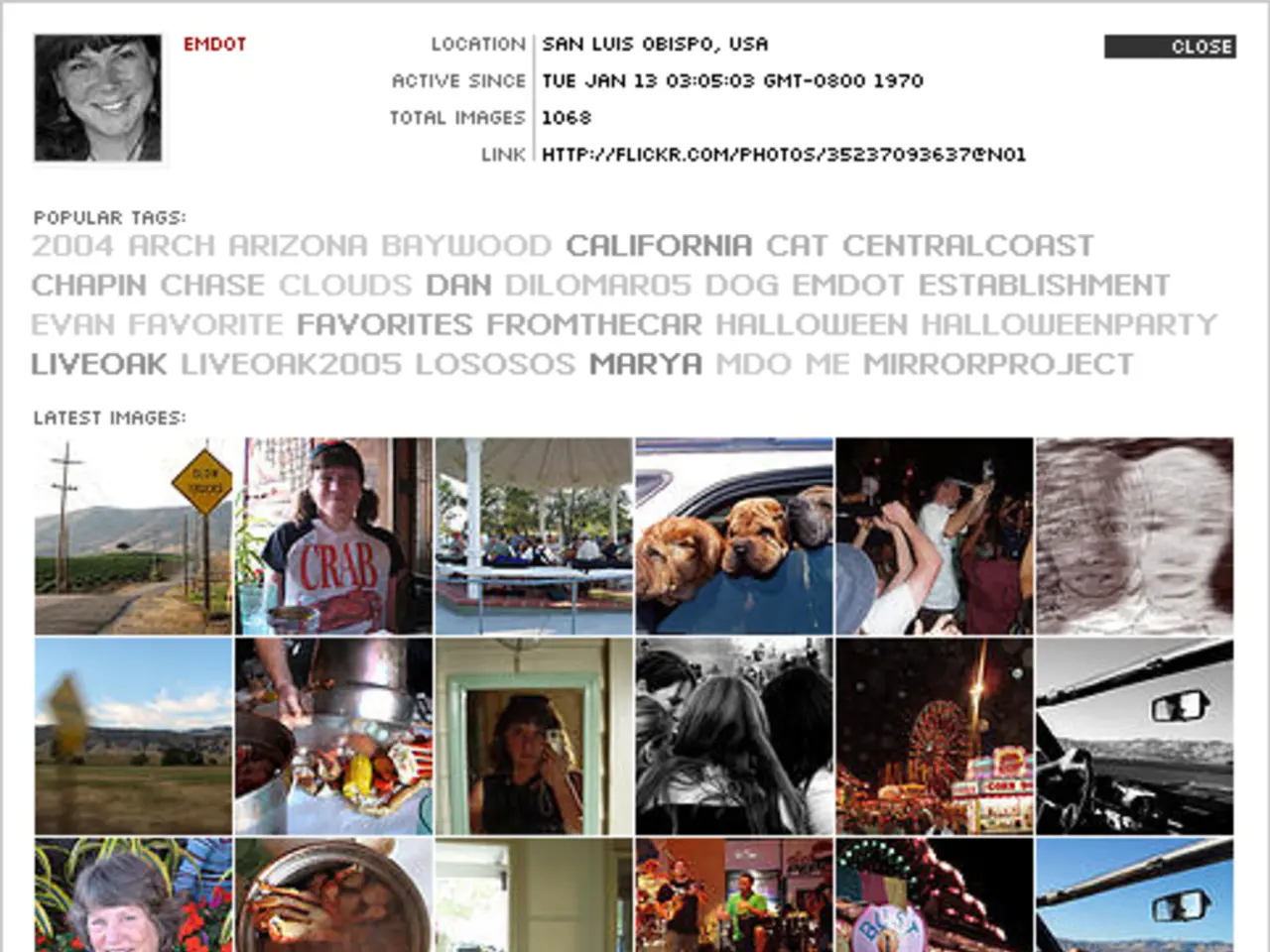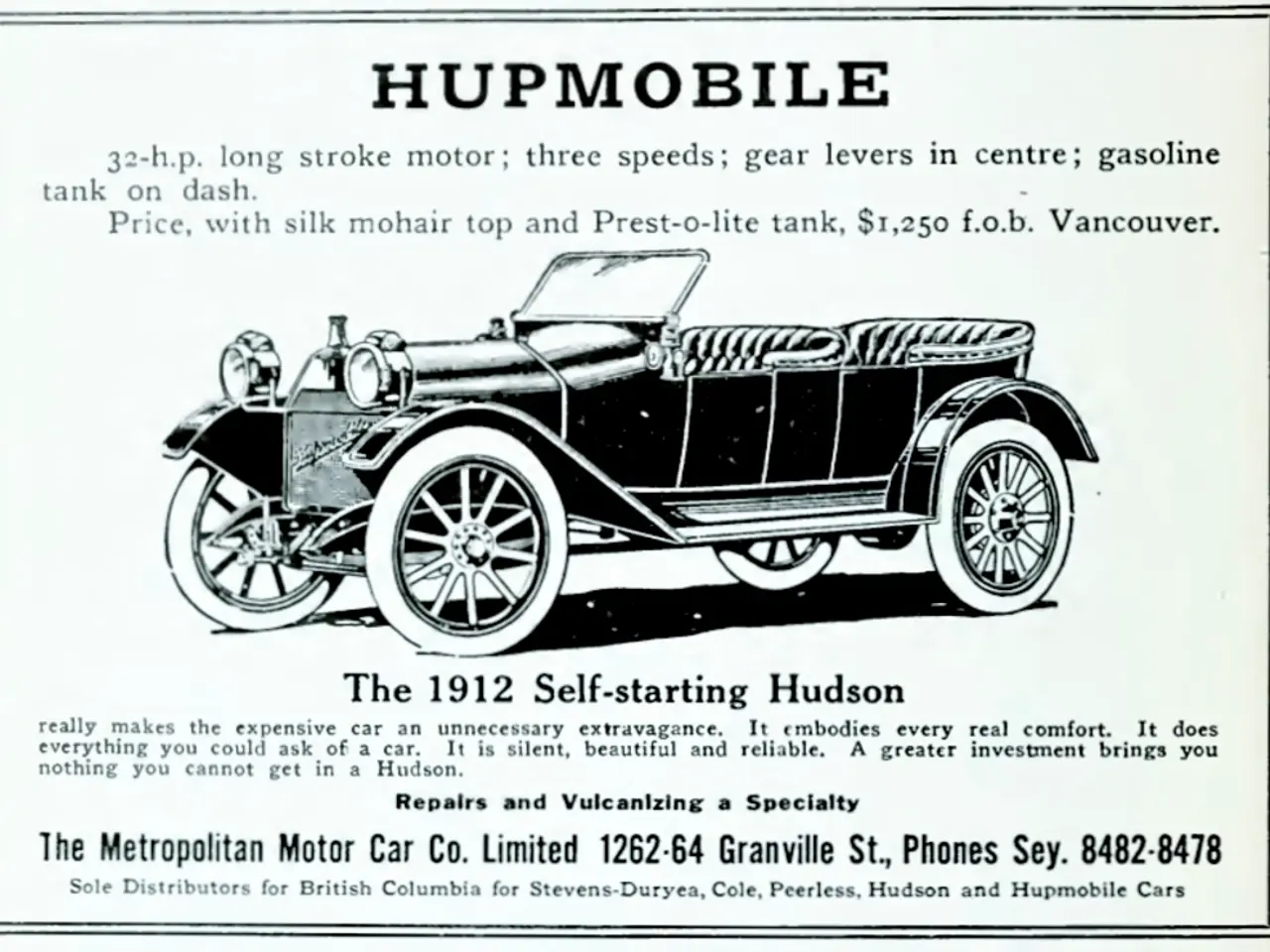Online Font Selection Significantly Impacts User Experience - Protect Your Viewer's Visual Comfort
In the digital age, typography plays a vital role in enhancing the user experience on the web. Here are some key practices to follow when designing typography for optimal results.
Choosing the Right Fonts
Selecting fonts that align with your brand's tone and evoke the desired emotional response is essential. This could range from reliability, excitement, to elegance, depending on the nature of your business. It's recommended to limit the number of fonts used to two or three complementary typefaces to maintain visual clarity and consistency.
Establishing a Typographic Hierarchy
A clear typographic hierarchy is crucial for guiding users through your content effortlessly. Use distinct font sizes, weights, and styles for headings, subheadings, and body text to create a seamless navigation experience.
Prioritizing Legibility and Readability
Optimizing font sizes is important to ensure readability. A base size of around 16-18px is recommended, with larger fonts for headings. Maintain sufficient contrast between text and background to ensure readability, but avoid excessively high contrast that can strain the eyes.
Consistent Spacing and Whitespace
Using consistent spacing and whitespace around text creates a clean, organized layout that helps users focus and navigate more comfortably.
Optimizing Font Loading Performance
To avoid slowing down page load times, use web-safe fonts or properly optimize custom fonts. This is crucial for providing a great user experience.
User Research and Testing
The rules for delivering content that is pleasing to the eye are a foundation, but always require research and testing with users. It's important to test font colors with real users before setting them in stone.
The Mobile Web Considerations
The mobile web has different rules for typography, requiring examination of responsive fonts. User experience on mobile devices is just as important as on desktop, so it's essential to consider mobile typography in your design.
The History of Typography
Typography has a long history and has been important since the production of print media. James Felici, author of "The Complete Manual of Typography," defines typography as the use of type to communicate and educate.
Popular Fonts and Trends
The majority of websites use either serif or sans-serif fonts for body copy. Georgia is one of the most popular fonts online when used "out of the box." Headline headings typically occupy 38px, while the most popular font sizes for body copy are 14-16px. Popular serif fonts include Georgia and Chapparal Pro, while Arial and Freight Sans Pro are popular sans-serif fonts.
The Debate on Optimal Font Contrast
There is debate about the optimal font color contrast for readability, with contradictory guidelines. This underscores the importance of testing different contrast levels with real users to find the best solution for your specific design.
These guidelines represent a synthesis of recent best practices from reputable design sources, ensuring both usability and brand alignment. For more information, you can refer to the W3C standards on typography and the usability geek's take on best practices, which can be found online.
User research and testing are vital to ensure that the chosen fonts, typographic hierarchy, and overall typography design align with users' preferences and provide an optimal user experience. Hence, it's essential to test font colors with real users before finalizing them, and consider mobile typography, responsive fonts, and technology improvements for enhancing user experience on both desktop and mobile devices.




